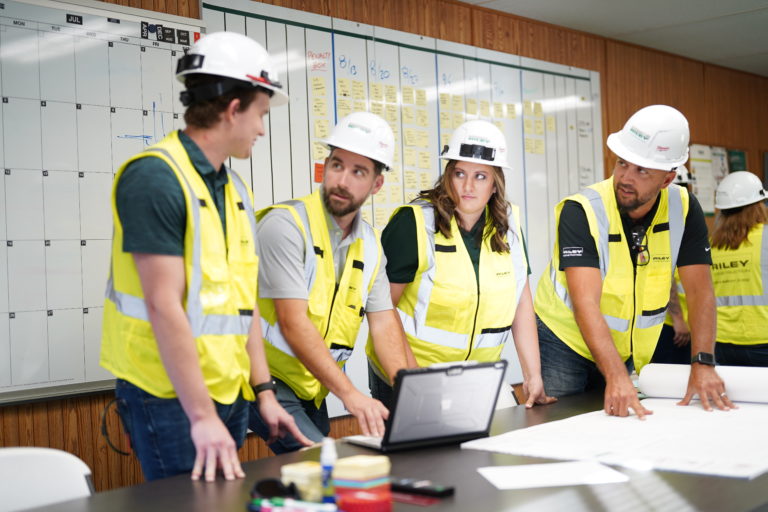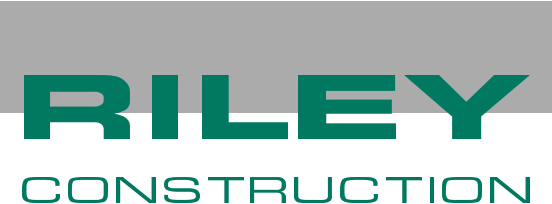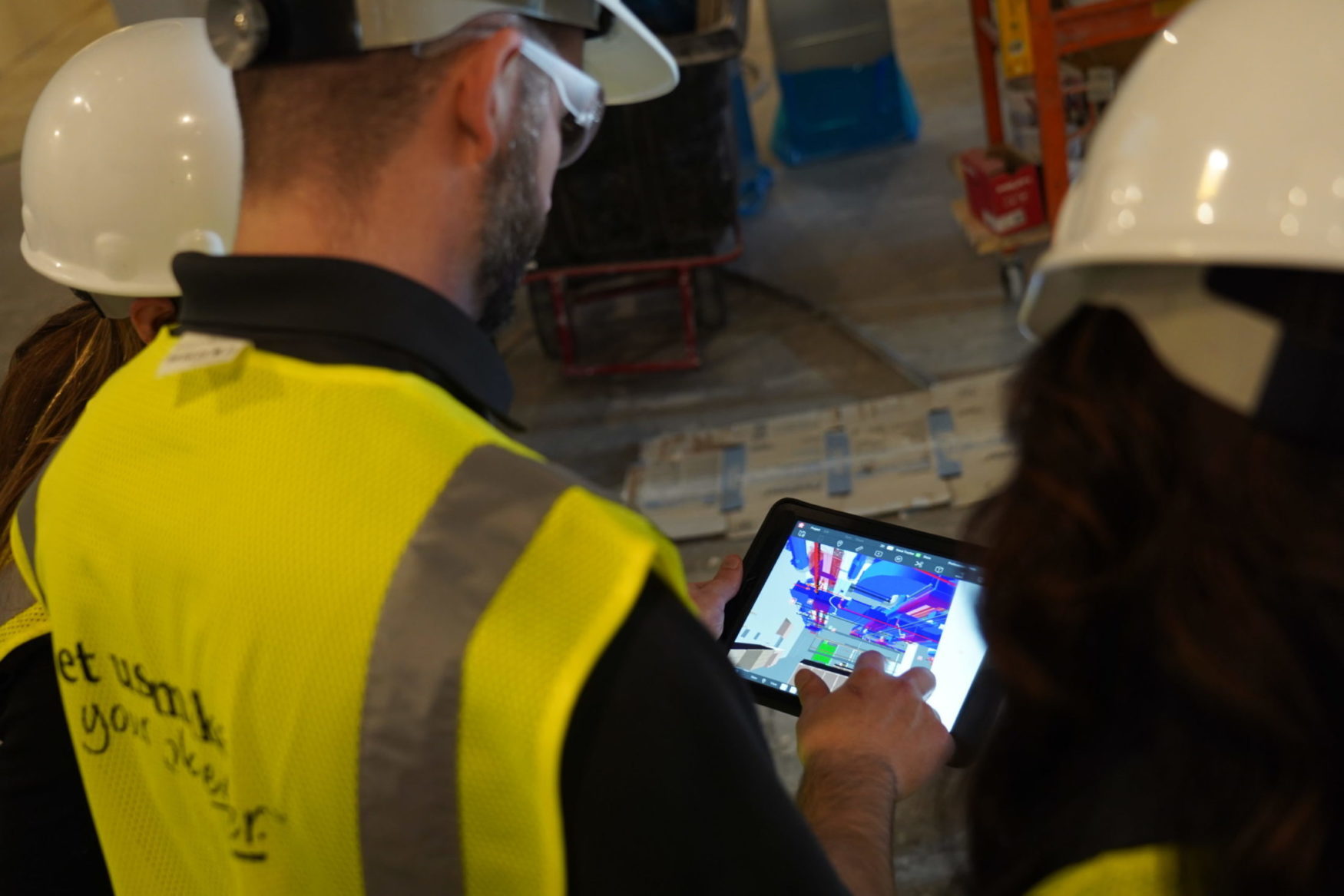Every contractor enters a project with the best intentions to provide quality services, yet obstacles can pop up throughout the planning and construction process, causing disruptions in plans. These types of interferences can lead to delays, expensive rework, and long-term ramifications for the client if quality issues result in compromised building integrity.
The Riley Construction team is committed to delivering the highest quality work that is built to last for decades. To accomplish this goal, we integrate our quality control system into our InSTEP (Integrated System of Team Engagement Planning) process. Using proven Lean principles, this process supports reliable outcomes from every phase of the project.
Here’s how quality improvement flows throughout the entire process from start to finish, ensuring a smooth move-in day.
QUALITY CONTROL BEGINS ON DAY 1
During preconstruction and before onsite construction work even begins, the Riley team sets the stage for the highest quality work.
The preconstruction phase encompasses many factors from estimating and planning to design review for constructability, building integrity, and value engineering. During each aspect of this phase, it is essential for each project team member to be invested in identifying and resolving potential issues before the first shovel hits the ground. Riley’s proprietary InSTEP system incorporates Lean principles to define core priorities, detect potential challenges early on, maximize productivity, reduce risk, and eliminate waste throughout the project.
Through this early project phase, Riley encourages a culture of continuous improvement and constructability analysis, making sure we involve the design team and subcontractors to maintain the highest standards of quality.
Plan for the expected and unexpected
Once contracts are awarded, the Riley Construction team puts our proprietary InSTEP process, pull planning method, and scheduling systems into play. With multiple stakeholders involved at every project stage, organization is essential to keep each component moving efficiently.
These municipal buildings are strategically built to last decades. In order to build a strong foundation, we rely on Lean planning and key construction technologies such as Building Informal Modeling (BIM) and computer-aided design (CAD). Clash detection also corrects latent issues in which different parts of a project may interfere with one another. Using these powerful tools can help us determine problems months ahead of actual onsite construction — saving time and money.
Security is another crucial part of the planning process, especially when our teams are working on sensitive areas such as evidence rooms, holding areas, and jail cells. The Department of Corrections is heavily involved in these projects due to code restrictions and the types of materials being used. Traffic flow is also a priority so vehicles can quickly move in and out of structures.
The quality journey continues onsite

Once the work is ready to begin, the next major aspect of Riley’s quality process includes the pre-installation meeting, which typically begins a few weeks prior to starting a feature of work. As part of this process, various steps are taken with the trades and subcontractors to discuss concerns impacting quality, finalize production sequencing, and review safety procedures — just to name a few. During pre-installation meetings, the scope of the initial inspection is defined for first work in place review.
Initial inspections, which include physical examination of required materials and verifying work in place is in compliance with the project requirements, are crucial to ensure reliable outcomes. Work should be examined at its infancy to identify possible non-conformities and establish a working standard. As the work progresses it is routinely verified throughout the duration of the work. Riley Construction prides itself on providing particular consideration regarding risks associated with water infiltration, as this is one of the most frequent causes of loss during building projects.
During all construction work and inspections, Riley expects its team and subcontractors to act as quality ambassadors who continually strive for exceptional quality. This means immediately calling out issues that need to be resolved. Our strong relationships with trade partners establish a project environment where concerns are constructively analyzed to ensure that, together, we are generating the best product.
Riley’s quality and safety processes are tightly associated. A three-year study by the Construction Quality Executive Council identified as many as 80% of safety incidents occur during construction rework due to a quality issue. Riley’s record of 13+ years without an OSHA citation and a 0.56 EMR speaks to our commitment to getting it right the first time and everyone home safely every single night.
When the doors open, quality shines through
As construction work nears completion, a series of final inspections ensures all aspects of the work conform to the highest quality workmanship standards. The consistent verification throughout the project’s lifecycle sets the stage for any final changes. Gone are the days of endless punch lists and last-minute rework.
A final walk-through with the Riley Construction project team and the client’s team confirms the finish touches and ensures satisfaction is delivered with every aspect of the project.
To learn more about Riley Construction’s proprietary quality improvement system, reach out to Quality Control Manager Craig Matthews at craigm@rileycon.com.

